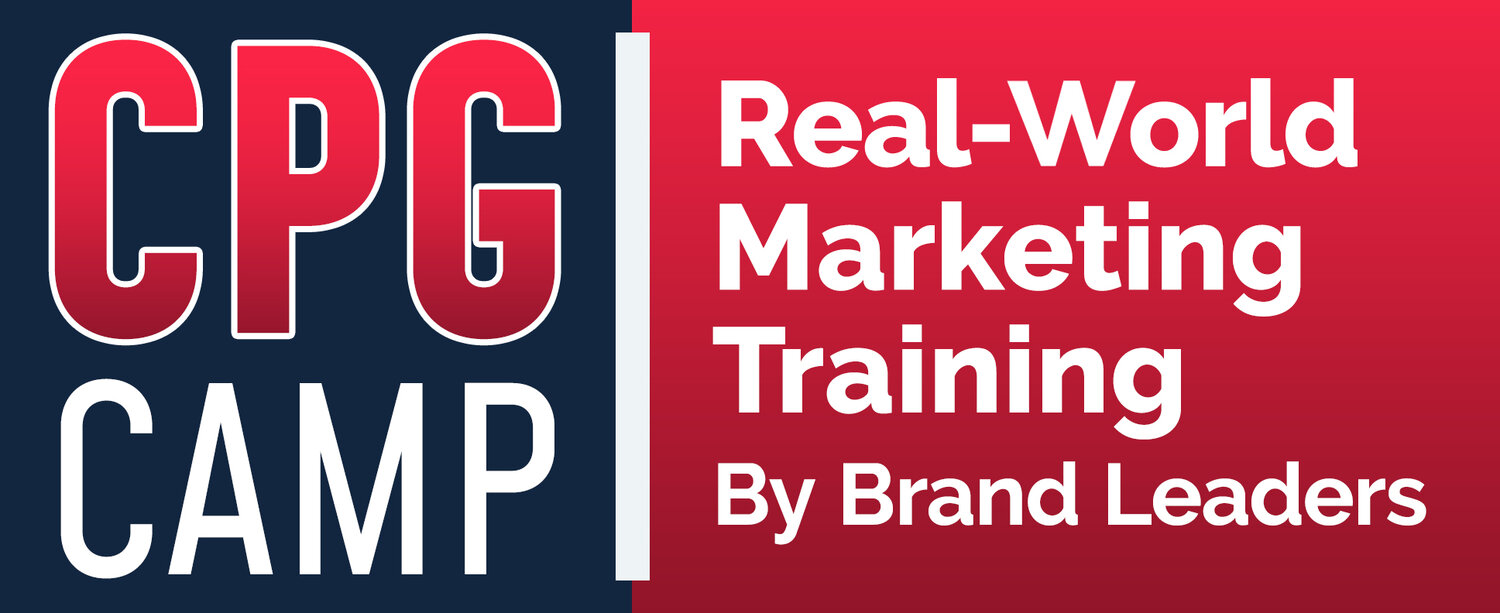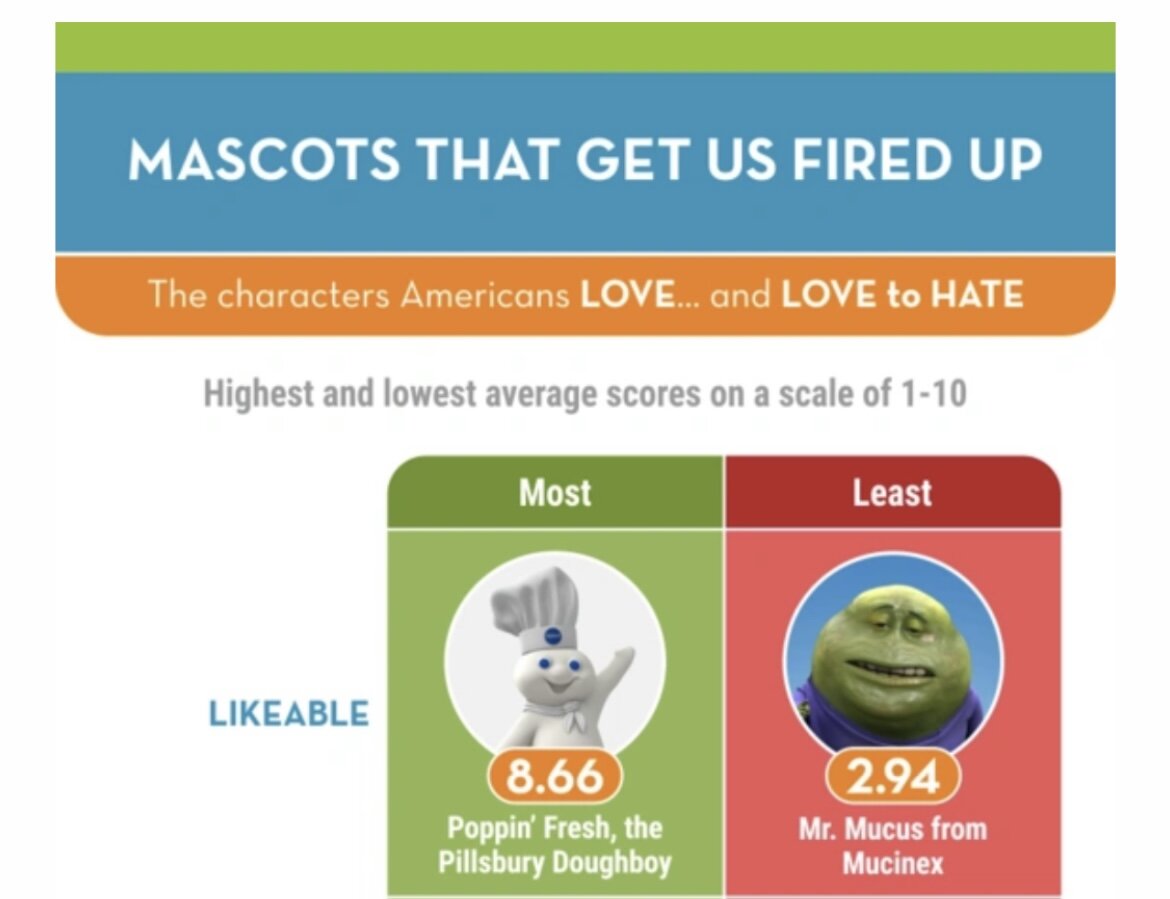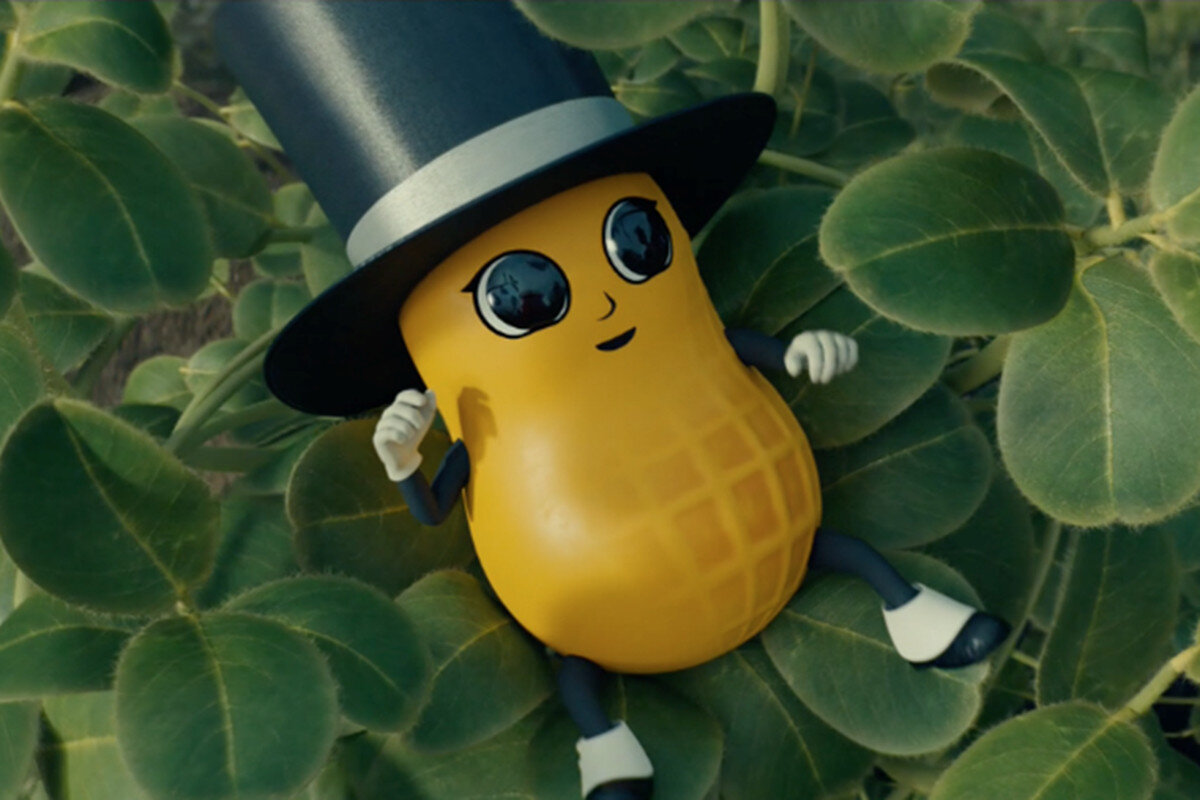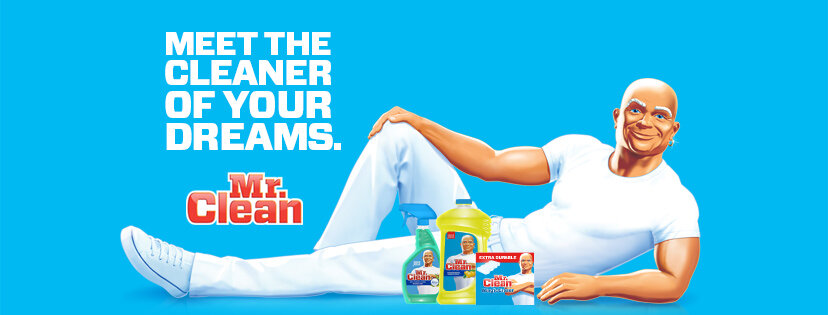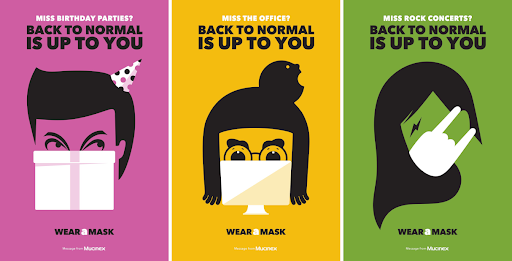HAVE BRAND MASCOTS LOST THEIR MOJO?
5 Converging Trends Threaten Their Relevance
By Brian Dolan March 3, 2021
“Uh oh. Those kids are after me Lucky Charms!” As a kid, this familiar cry usually meant I was down on the carpet, watching He Man or Scooby Doo. Back then, Lucky the Leprechaun was one of many characters & anthropomorphic creations that were as big a part of culture as the entertainment they interrupted. In fact, brand mascots have been used since the 19th century, originating from the French term ‘mascotte’, which means lucky charm.
Recently, brand mascots like Aunt Jemima and Uncle Ben have disappeared - and for good reasons - but they’re emblematic of a much bigger shift, as 5 cultural trends converge. So, are many of America’s most well-known ‘lucky charms’ on their way out – or might some quick thinking from marketers help them live another day? For many brand managers, hopes of sustaining relevance lies in the balance.
My love of brand mascots runs deep. Not just as an admirer of breakfast cereal commercials, or someone who has worked on several brands with mascots, but also as someone with the unique (ok, embarrassing) distinction of once donning the costumes of both America’s #1 most likeable mascot (Poppin’ Fresh) & #1 least likeable mascot (Mr. Mucus) at company events. I have spent a day in their shoes and seen their struggle - like, you literally fall down a lot. But challenging as it may be, I believe that brands and their beloved cultural icons can withstand a challenging 2021 by learning from the past, listening in the present and looking to the future.
WHY MASCOTS MATTER
Mascots can provide several benefits to a brand: They promote instant recognition to help boost brand awareness. They can draw attention to a point of difference and create preference in crowded categories. And by personifying the brand they represent, a mascot can foster an emotional connection to generate brand love. While paid spokespeople are relatively static figures, a mascot can also evolve over time to reflect a desired visual identity and tone. These familiar faces can become a part of culture and comfortably operate in places where a corporate entity may not otherwise fit. For example, the 105-year old @MrPeanut (who was killed off and reborn last year) has 137K Twitter followers and generated nearly 15K likes on a Tweet last month around the Super Bowl.
BRANDS UNDER FIRE
Since the start of 2020, numerous brands & organizations have taken action to reevaluate, refresh or retire mascots that many considered offensive, including Land O’ Lakes, Eskimo Pie, Mrs. Butterworth, Aunt Jemima, Uncle Ben’s, Washington Redskins, Cleveland Indians, UNLV Rebels & Valparaiso Crusaders. While the pace at which these well-known mascots have been shelved is historically unique, the changing mix of mascots in America isn’t new. Have you heard of the Cheetos Mouse, 7-Up’s Fresh-Up Freddie or Dunkin’s Dunkie? These examples of mascot pivots are less-known but reflect the nature of brand evolution, as teams seek to strengthen equity over time. Sometimes these shifts are driven by consumer or regulatory demand, as in the recent cases or the Self-Regulatory Program for Children’s Advertising that imposed standards on advertising to children. More often, the choice is driven by a change in brand strategy or market conditions - and converging trends this year will make the role of brand mascots more challenging than ever.
5 TRENDS & HOW TO ADDRESS THEM
1. Reckoning with Injustice: The recent flurry of mascot firings against the backdrop of a broader social justice conversation has ushered in a new era of responsibility among brand managers and their agencies. While a few big changes captured headlines, there are many other brands evaluating the long-term fit of mascots that may still be considered offensive by certain groups. This will likely lead to further mascot changes and retirements through 2021 or reduced roles for characters deemed a liability. Critics decry this as giving in to an over-zealous political-correctness mob, but the reality is that building an iconic brand requires a level of introspection about what’s right for the consumer, the community and even the people supporting the business. When brand stewards fail to act, sometimes those constituents step up, as happened with the Washington Redskins and their FedEx sponsors. “But where will it end?!” the critics lament. Well, the reckoning will end when all brand owners examine their unique situations, listen to all voices and attempt to make reasonable decisions that will set their brands up for long-term success. And then listen again to be sure. Make no mistake, that process will not always be simple or comfortable with politically-charged decisions and click-bait headlines searching for the next battle, such as last week’s confusion and fury around the extent to which Mr. Potato Head was truly becoming a gender-neutral brand.
2. Wellness Within Reach: After nearly a year of quarantine and advances in digital health technology, many Americans have taken more control of their diet choices and exercise. Natural and Organic products grew +9.3% in 2020, the highest growth in 5 years (exceeding $250B in consumer sales), vs. growth of just +1.6% in conventional grocery. Mascots can play a role in reinforcing natural for a brand, especially if the character cues an ingredient or founder story. However, many well-known mascots evoke images of sugary foods or artificial ingredients. To avoid ‘cancelling’ a beloved icon, brands can try to improve health perceptions via other packaging elements or claims, like the whole-grain claim on all boxes of General Mills cereal. Or brands can give their mascot a makeover, as happened with the slimming down of the 144-year-old Quaker Oats mascot, Larry. Time will tell which brands can fight off threats from more natural alternatives with their mascots in tow.
3. ‘Post-Truth Age: In the current climate of alternate political realities, where facts and truth are under attack, brands must hyper-focus on building and maintaining consumer trust. It’s easy to see why a consumer may question the credibility of a cartoon character – and there is residual cynicism from brand mascots like the Marlboro Man & Joe Camel that pedaled dangerous products with a smile. But despite this, trust in institutions is at an all-time low and consumers sometimes prefer to engage with familiar icons like Mr. Clean or the Jolly Green Giant than to hear directly from the company or from paid actors. When supported over many years or by appealing to the subconscious, these relatable characters can become a brand’s greatest weapon to build trust. For instance, the Vlasic Stork, Jovny, was introduced in 1974, playing on the observation that pregnant women often crave pickles. And today, that trusty stork seems to be an authority on assessing pickle crunchiness in America. The nature of the message being conveyed can also help determine the appropriate role for a mascot, such as the Zoloft blob that dramatizes depression or the brand-nemesis role played by the Chick-fil-A cows.
4. #PandemicLife: One thing that advertisers learned during the Covid-19 outbreak was that a brand’s message can go from relevant to tone-deaf overnight and close management is required to reflect an appropriate tone. Mucinex is a good example of a brand that acted quickly, replacing messaging with their germ-spewing, anti-hero, Mr. Mucus, with PSA-style messaging that took on a more serious approach. Other companies like Chick-fil-A and General Mills have made real-life consumer stories a more central component of their advertising to increase authenticity during a difficult time. The pandemic will not be a permanent part of culture, but it does highlight that macro factors often dictate what brand tone is acceptable. In these moments, brands must use discretion and be willing to pivot. Just as important in ‘reading the room’ is understanding the role your brand can play in distracting from real-life. At a time when many brands were talking about “these challenging times”, some brands like M&M’s kept their innovation engine running full-steam ahead with mascots front-and-center in a series of delicious distractions like Fudge Brownie (April 2020) & Chocolate Popcorn (July 2020) variants, albeit with limited advertising support.
5. Rise of Creators: Replacing traditional channels like TV & Print with Digital is nothing new, but the increasing support for messaging developed outside brand control is something to watch, as marketers increase the percentage of dollars spent fostering earned media & organic social conversation or amplifying creator content on TikTok or YouTube. There is surely a role for mascots to play, as research has shown that they often generate higher rates of engagement & sharing than other forms of social content. But as consumers take a more direct role in shaping brand communications, the role of characters and their well-known catch-phrases will need to evolve.
CONCLUSION
Are brand mascots at risk of extinction? Most certainly not, given the many benefits noted - we are lucky to have the entertainment and nostalgia these ‘mascottes’ have provided for the last 140+ years. But in an era of such significant change and a long overdue reappraisal of what responsible brand management means, marketers must stay abreast of consumer expectations or risk becoming the next flat-footed, Washington Football Team. Frequent evaluation of visual identity, brand voice and media choices should yield a clear picture of where the brand team wants to take the equity. And with the future as unclear as ever, only the most quick-footed brands and their mascots will protect their pot of gold.
——————————
ABOUT CPG CAMP
CPG Camp is the largest Brand Management training program of its kind for aspiring marketers at the Undergraduate, MBA and professional level. The company was founded by several brand leaders who noticed that even the most talented prospective marketers are often unprepared for the Marketing interview & day 1 of an internship or full-time role.
Our purpose is simple: teach the next generation of Brand Marketing leaders what we wish we'd known. We offer real-world training & recruiting services to land your dream job & accelerate your career in the Consumer Packaged Goods (CPG) industry and beyond.
TRAINING: Our signature offering is an online Brand Management Boot Camp with 16 modules & assignments to simulate Brand Manager life, addressing top blind spots for interviewees & new hires. Grads receive a LinkedIn certificate & entry into our Recruiting Database. We also offer a live version of the boot camp and various online mini-camps & corporate trainings. After training thousands from 150+ universities & organizations in 10 countries, 90%+ would recommend.
RECRUITING: We provide services like Resume Reviews, Mock Interviews and our Brand Interview Playbook, the definitive guide to mastering the Marketing interview. Our step-by-step guide includes downloadable prep templates plus our Case Frameworks Cheat Sheet. This service is free for out-of-work professionals and military veterans.
CONSULTING: If you’re interested in hiring one of our Camp graduates or a Brand Marketing Consultant, you can provide us with some basic information so we can see if there’s a match.
CAMPFIRE BLOG: We would love to hear your hot take on a Brand Marketing topic you are passionate about. To contribute, please contact us at info@cpgcamp.com.
LEARN MORE: To learn more, visit our site: Home, About, Services, Testimonials, FAQ, Contact.
